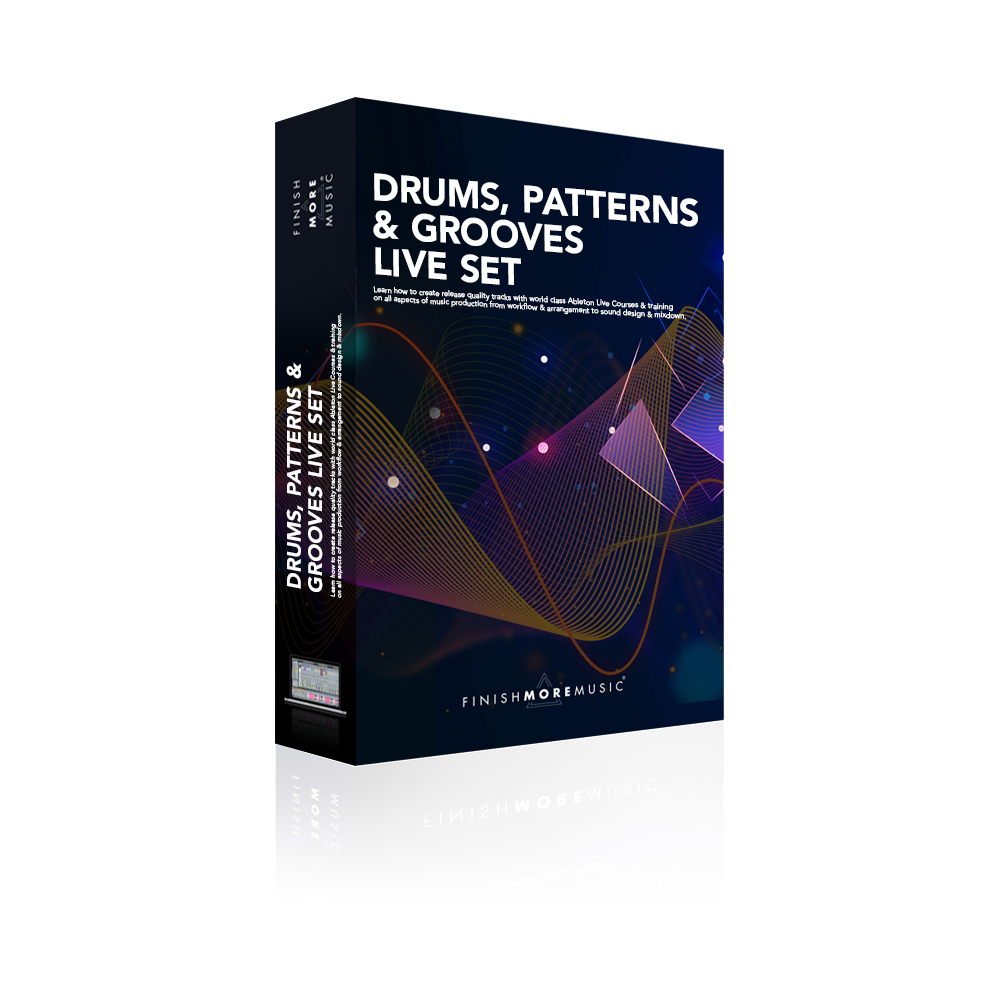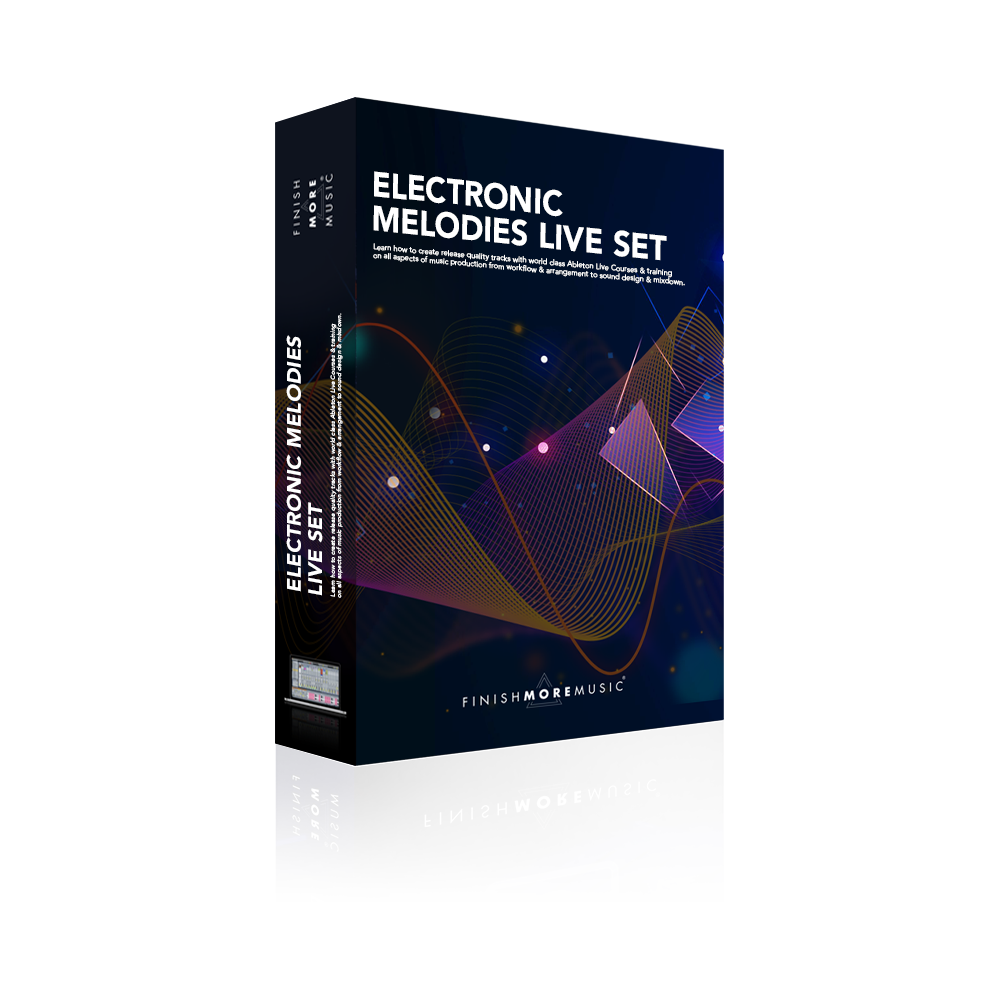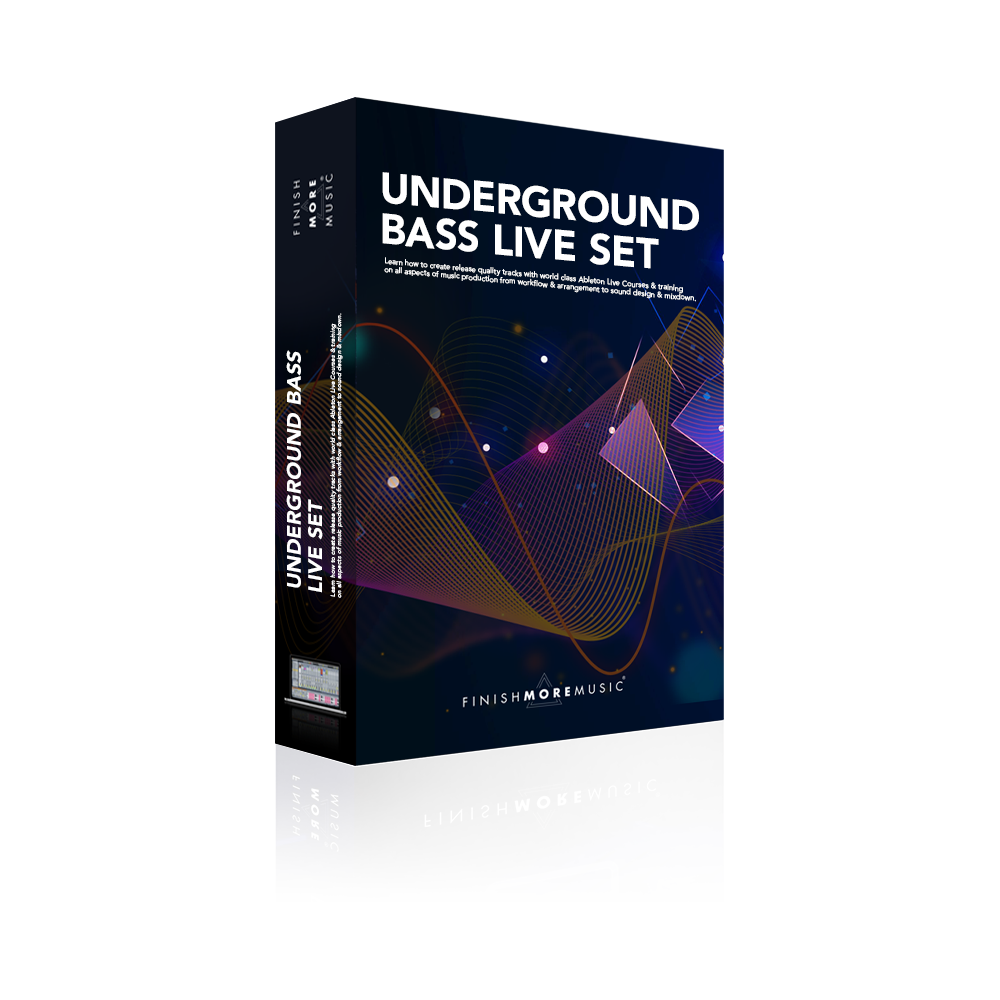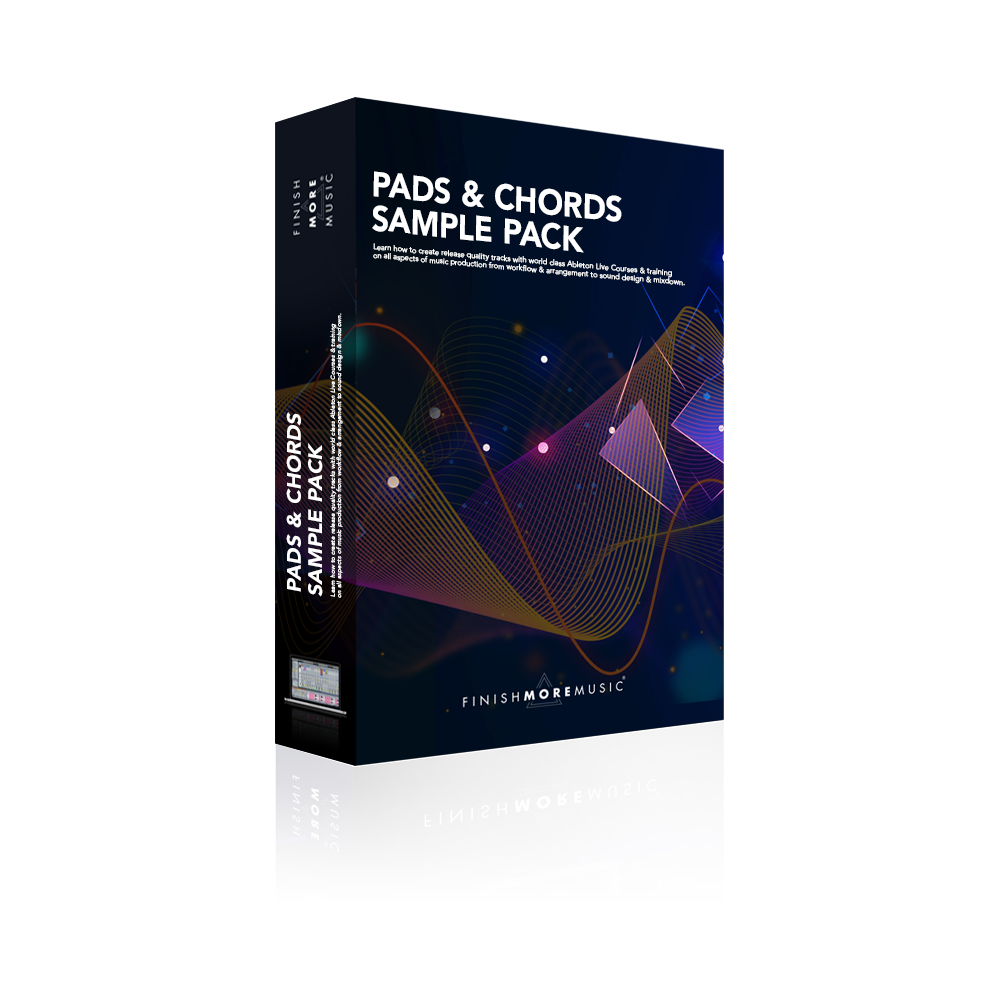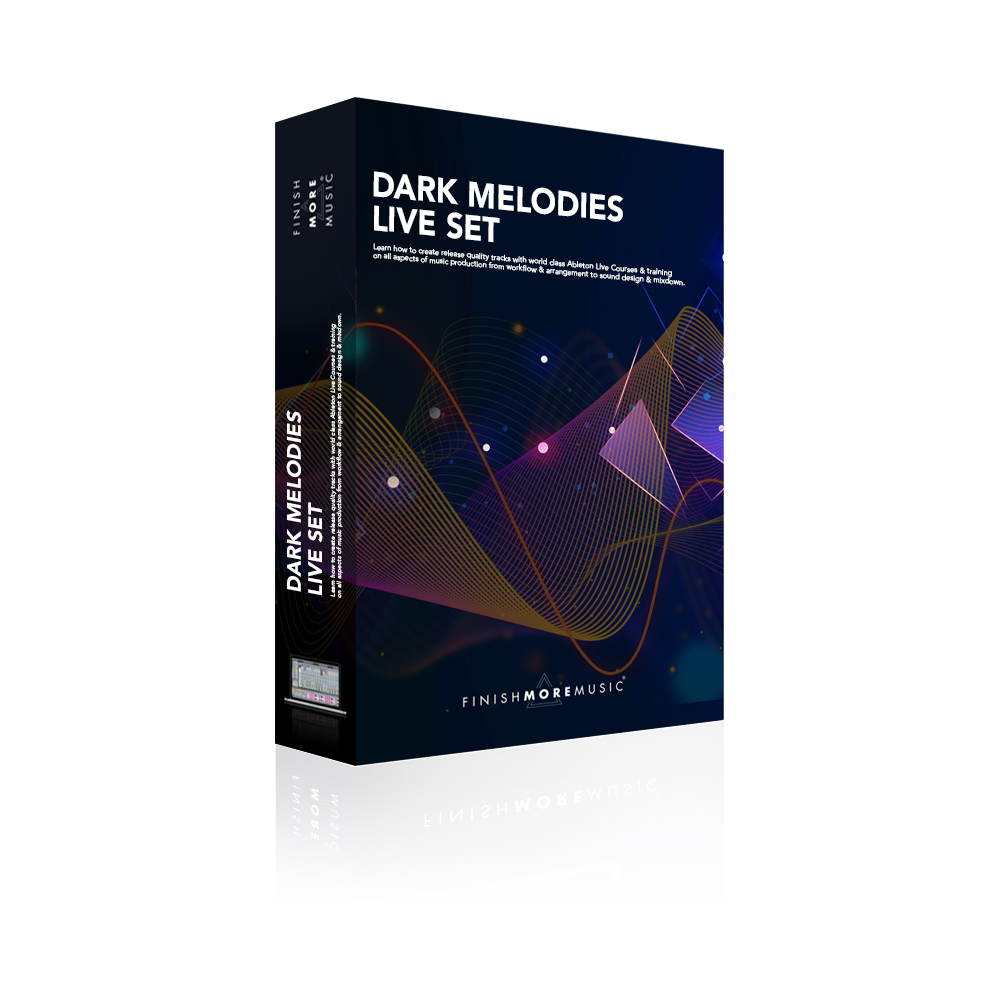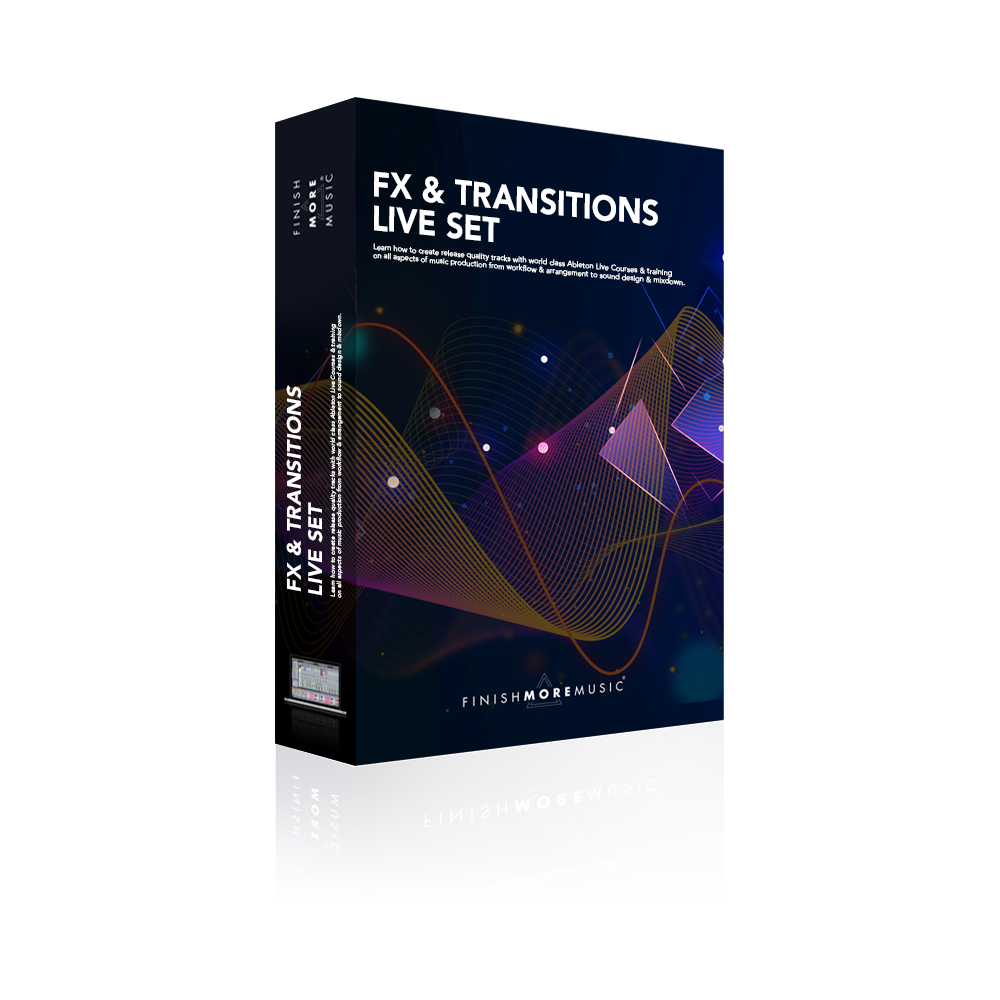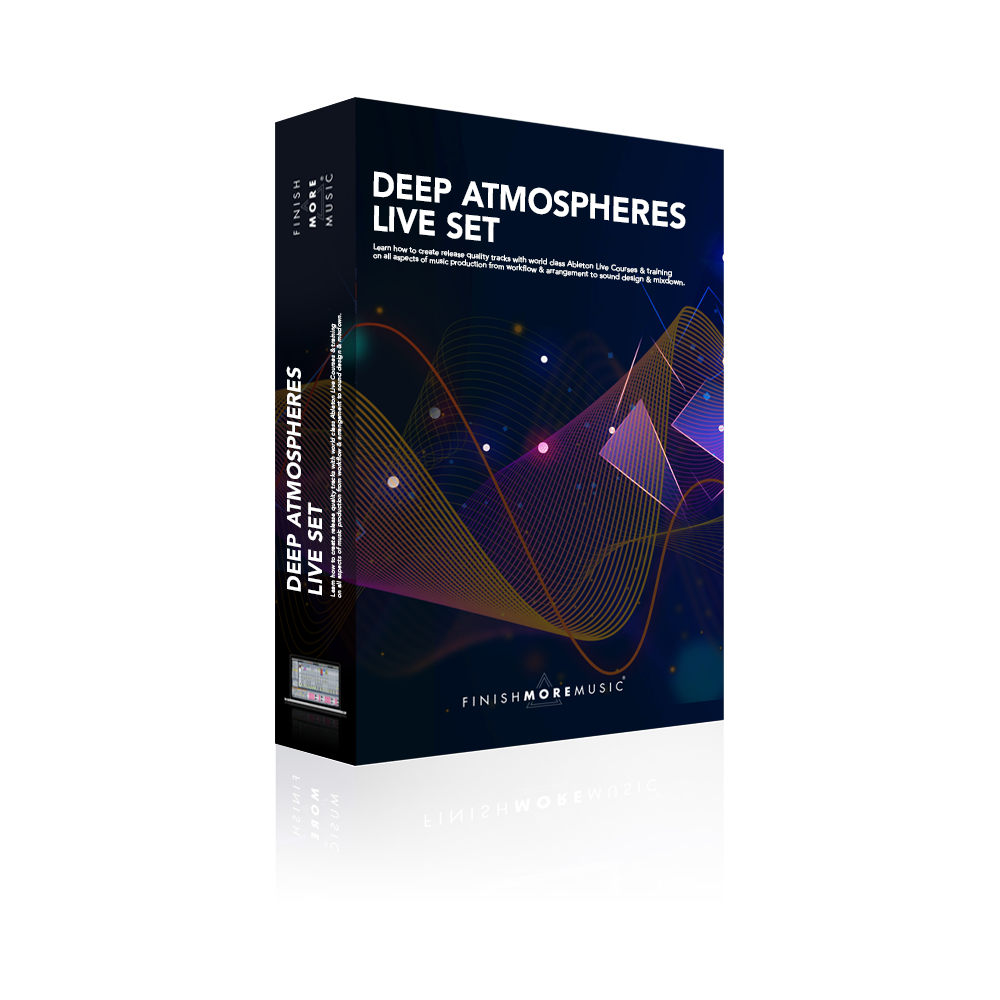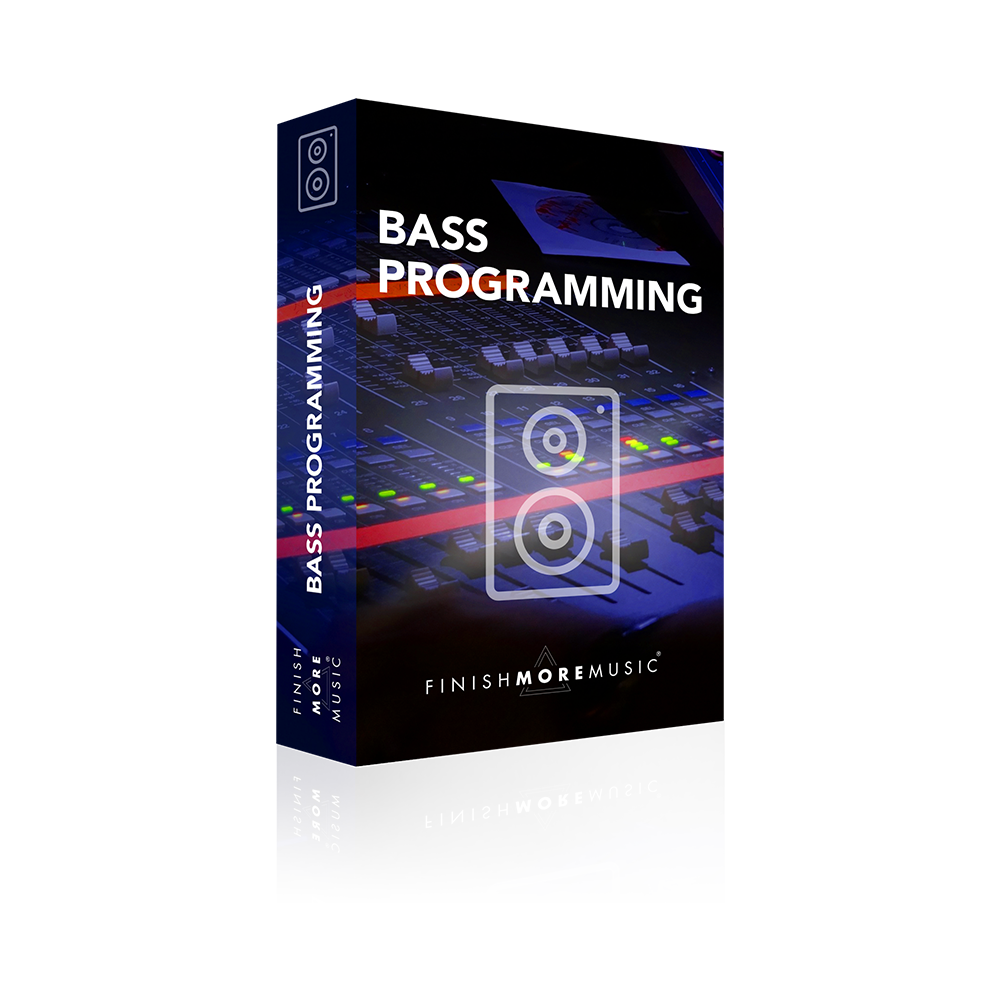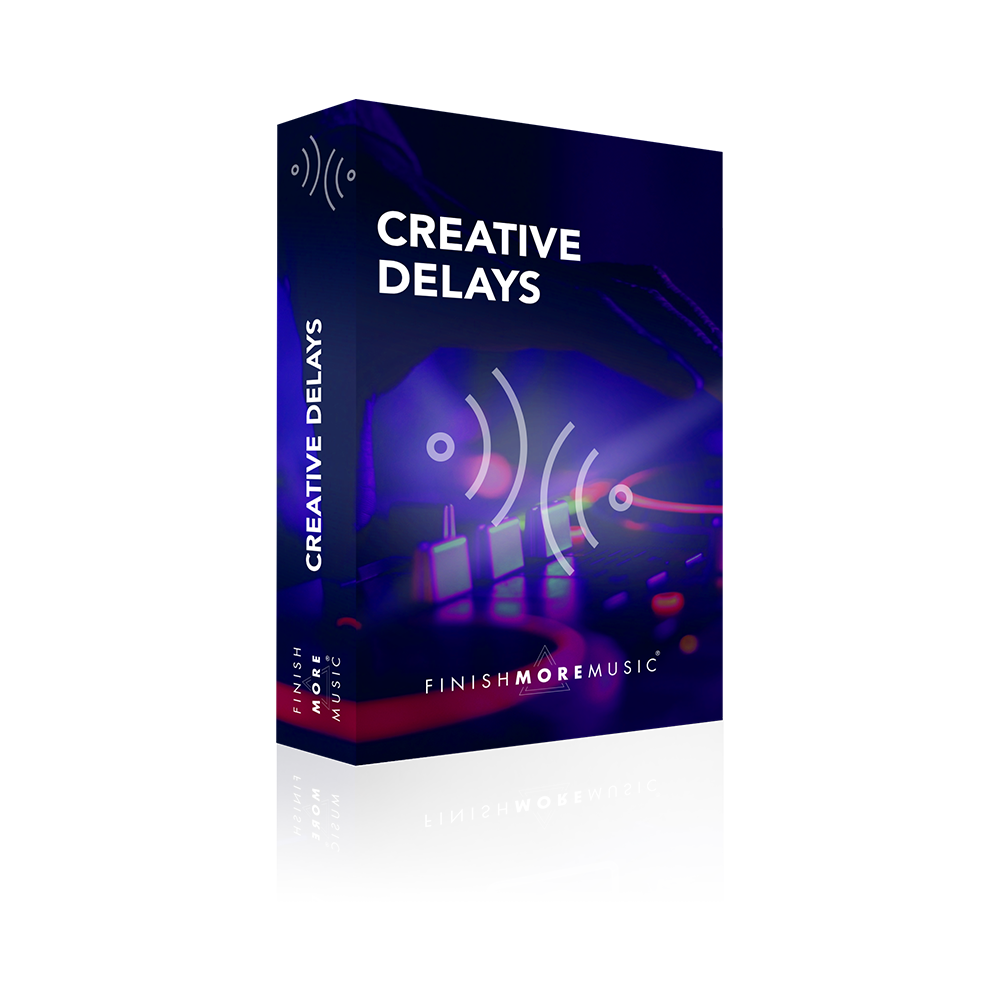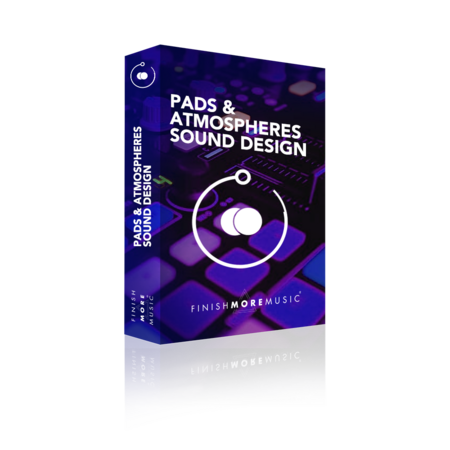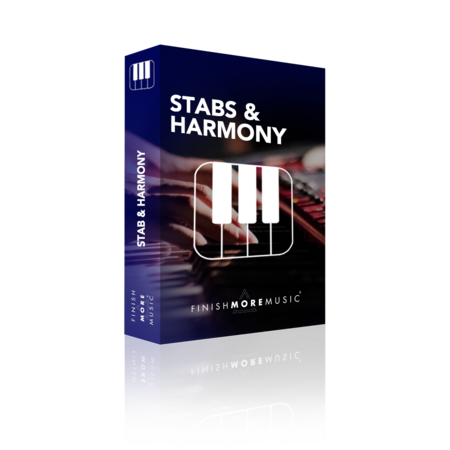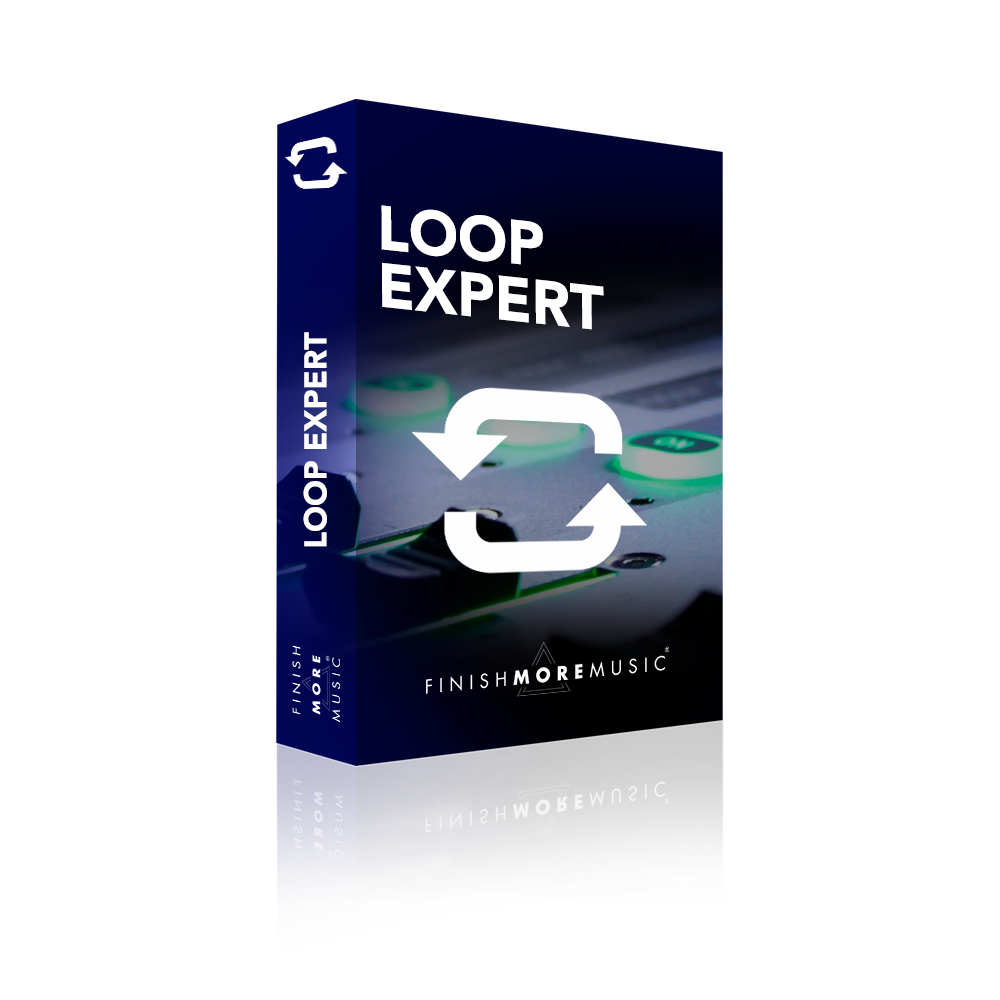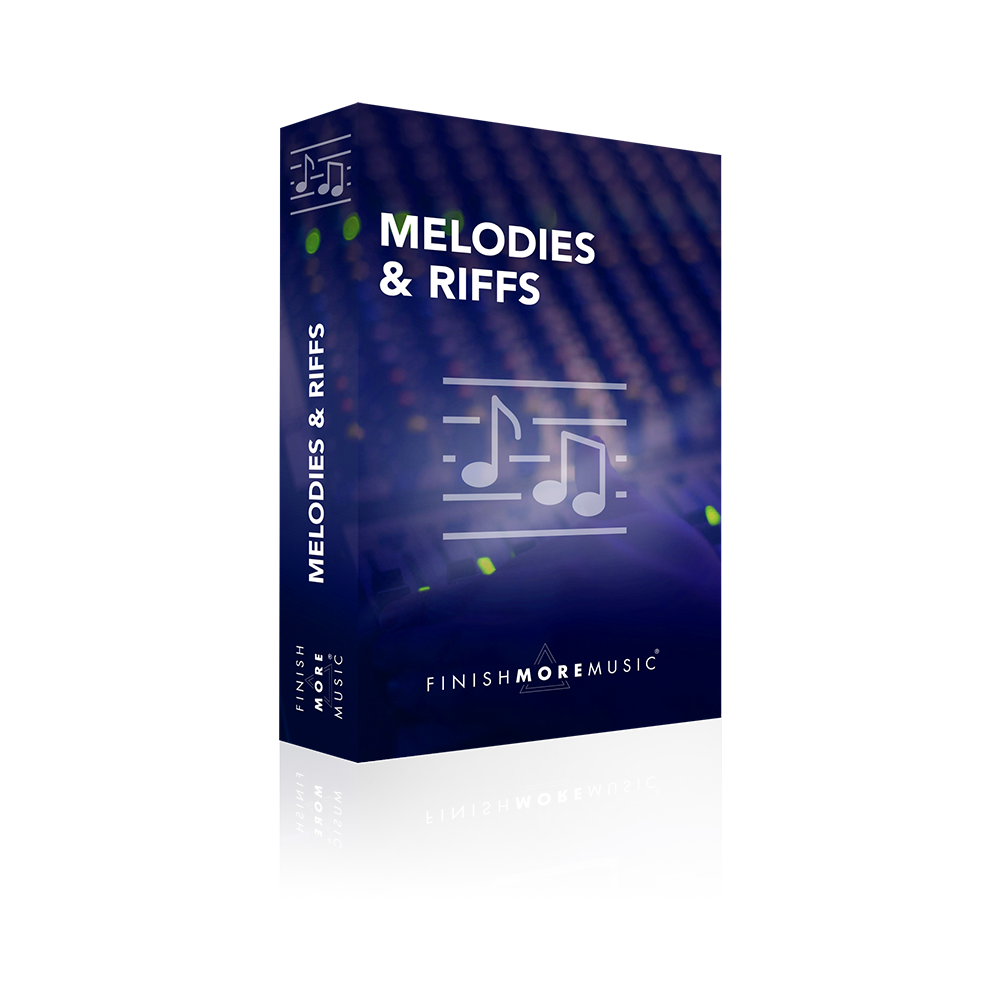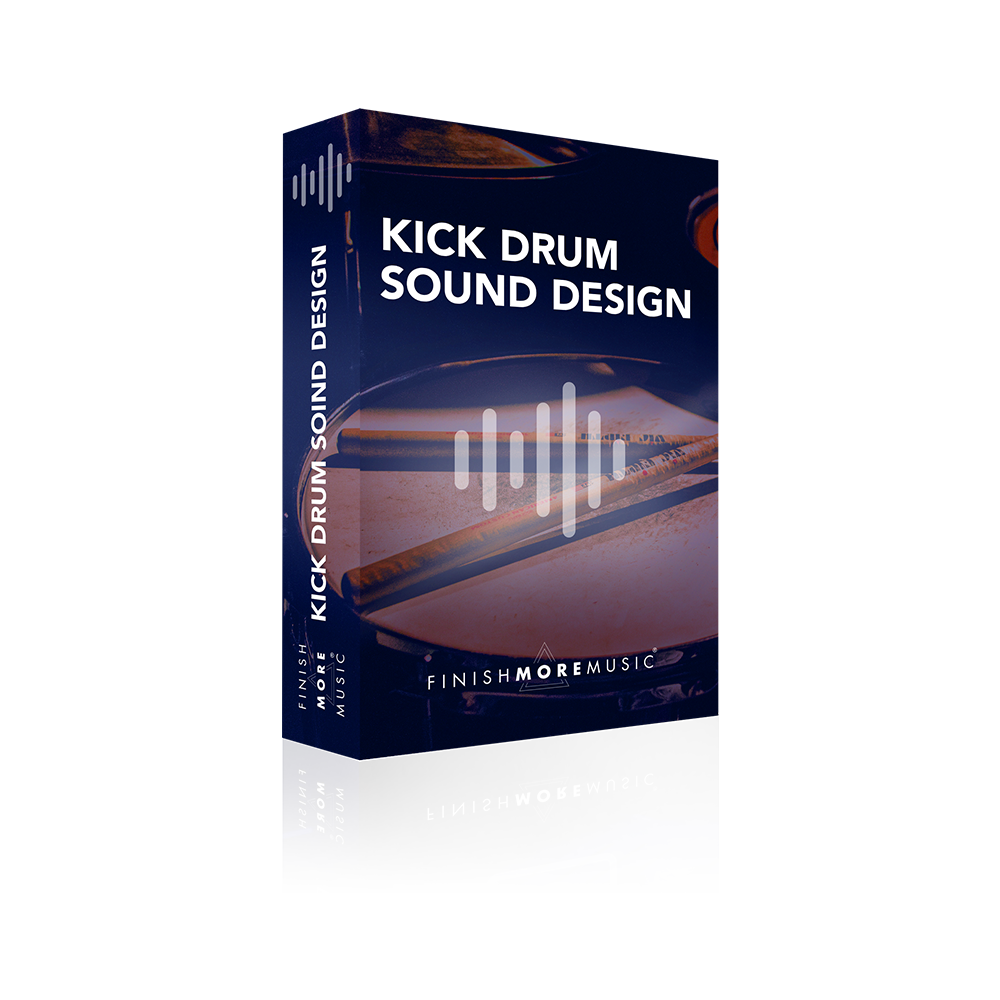When it’s clear that one of your sounds doesn’t have enough character, doesn’t set the right tone, or just doesn’t seem to gel with the vibe of your track, it can often be tempting to go surfing looking for that ‘perfect replacement’. You may get lucky… but most likely you’ll lose hours to frustration, flicking through sounds that just do not work. The solution? In this tutorial I show you a secret weapon that quickly and easily allows you to shape and set the character of your sounds so they fit perfectly in your track.
Transcript
Okay, so I’m gonna kick this tutorial off with a question for you. How often do you listen to your tracks and feel that one or maybe more of the elements don’t really go together? So maybe you’ve got a sound there is a bit too wimpy for the track, or it’s sitting on top of the track, feels like it doesn’t bond with the other elements, or it’s not shining, or punching, or cutting through how you want it to. I’ll wager that happens quite a lot and of course it’s natural. In the kind of music that we make, we’re often grabbing sound samples since settings, all of these things from disparate wide variety of sources and then chucking them all together in one super sound.
So what I’m gonna do in this tutorial is I’m gonna share a tool with you that you might be overlooking that will really help if you find this frustrating and it often comes up in your tracks. So before we get going, have a listen to the example [Music]
Okay the sound that I’m gonna be working on in this tutorial for you is the clap because it feels really weak to me. It’s not cutting through and importantly, it’s not driving the groove how I want. So again I’ll just play it very quickly and focus on the clap [Music]. Can you hear it really sort of lacks body and character and punch. So how are we gonna fix it? How we gonna resolve this? Well we’re going to be using the good old overdrive. I think this device probably gets overlooked because of its simplicity but in my opinion that is a big part of its power. So here we go let’s solo the clap and I’m gonna get rid of the reverb for now. I’ll leave the EQ kong’s, it’s just taking out low end frequencies that aren’t necessary. They’re competing with a kick in the bass so we don’t need them. So here’s a very quick overview of the overdrive. I’ve got it in a group with a utility purely so I can use the gain of the utility to level match. So it’s like adding an output gain to the overdrive and that means that when we compare with and without the processing, we can level out the volume we don’t have our ears fooled by a loud a signal that naturally sounds better. So first up, we’ve got the bandpass filter This cuts out frequencies or rather let’s frequencies through depending on how you look at it prior to it arriving with the distortion circuit, so only the frequencies you let through here will have the distortion applied to them. Drive how much distortion there is even at zero there is some distortion so don’t think that’s super super clean. And then tone acts like a high-pass filter. When it’s up at a hundred, all of the frequencies get through including a lot of the really sort of shrill often quite harsh top-end frequencies that can live in the upper mids and can make a sound unpleasant. Nothing wrong with that you might want that to help it cut through your mix or have that aggressive sound and as we turn it down, the sound will get progressively duller as higher frequencies are removed.Then you’ve got a dynamics control as we move towards zero compression is applied to the signal so particularly with drum sounds you’re going to hear them getting that little bit tighter, perhaps a bit punchier at higher settings they tend to sound a little bit more washed out which again can be great. It can help the sound to sit back in the mix a little bit more. The important thing to realize is there isn’t a right or wrong here you dial in these settings so that the sound sits how you want it to. And then finally we got the dry wet control, sorry. Obviously at wet its full effect at dry it’s no effect so this allows parallel processing. I’m going to leave it on a hundred percent so we can have a play around with this and you can hear what it’s doing. So first of all, here is a bandpass filter in action I’ll put a little bit of drive on just to turn the volume up and what I’m gonna be doing is locating the frequencies that I really want to boost and add the additional distortion to. So you can hear this is sort of quite thick murky. This isn’t going to help me. That’s much more the range that I like. We can be a little bit more precise with the q-value and you can tweak this around. I just get a rough ballpark figure at this stage. Once you’ve got everything playing you can make the final adjustment. Now we can hit this hard with a drive and listen to what’s happening particularly the top-end you’ll hear it becomes much more aggressive and we start getting sort of, I will say, hissing but that brittle upper mid and tops frequencies getting introduced.
So I don’t want all of the really crunchy stuff at the top so I’m gonna dial it back and this is often how I set things. I pushed them too far so I can really hear what’s going on and then I dial them back to the setting that I want. Around 60, that’ll do and then just to have a feel of the dynamics listen as I bring this down to zero how the sound gets tighter and punchier. And the other way it will become more washed out and bit more sort of spacious I guess is the wrong word but you’ll hear it sort of flattens out it loses that punch and tightness, becomes more relaxed there’s a good word. I’ll leave it at 50 for now but you can hear this would be very useful for setting the groove because it effectively feels like it’s setting the note length to some degree and how much articulation we’ve got in the sound, right? And then of course we can dial back the dry/wet so let’s ever listen to it with the other elements playing at the moment and we’ll just play with the dry/wet, see how we get on. [Music]
In fact super loud at the minute, so I’ll just take a little bit of gain off of that will level match in a second [Music]. So I kind of like it somewhere around the 50% mark but I could be honest. I kind of like it on a hundred percent as well. It feels that little bit tighter and more clinical to me that a little bit sort of sharper in the mix. So I think I’m just gonna leave it there and then we’ll level match and make some final tweaks. So we’ll take the entire rack off the volume is minus thirteen and a half as long as we get close we’ll be fine. Pretty much there let’s take one more DB off and then we’ll stick a reverb on and we can have a little listen. In fact, no we won’t we’ll adjust earth dynamics. But let’s get an idea of a before and after now [Music].
Really cuts through, right? So let’s have a little tweak on the dynamic, see if we can get this sitting even better [Music]. 20 or 30 works really well for me. We’ll get our reverb onto this one last actual level match [Music]. Still needs a touch taken off. There we go. So I’m gonna bring up a decay give it a little bit more splash and also whilst we’re at it where are we? Over here, oh let’s just dull back a little bit I think on this reverb. It’s a bit too much for me [Music]. And there you have it. So it still needs a bit of tweaking I’m not a hundred percent there with it yet but you can see how fast it is to completely transform a sound get it fitting much better in the mix more power and that final tweaking I’d always leave that right until the mix down. This is just something that I do on the fly to make sure things are feeling right and I’m excited to work on the track. So I’m gonna be doing it some more tutorials on using this killer little overdrive device and I’ll be exploring it with other sounds so make sure you stay tuned to the channel and of course if you enjoyed the tutorial and you want more of the same, do hit subscribe so you’re always kept in the loop and remember grab yourself a copy of our free a 101 ableton tips for house and techno producers. This ebook has got so many rave reviews so many cool messages people reaching out. So don’t miss out finishmoremusic.com/101ebook. Of course we’ve left the link for you under the video as well. Hope you enjoyed the tutorial until next time take care and happy music making!
Thank you for watching
I really appreciate you tuning in and I hope you’re enjoying the tutorials and taking some real value into your music sessions.
If this video resonated with you and you feel it will have a positive impact on the people you know, please share it by using the social media buttons you see at the bottom of this page.
To make sure you are always the first to know when a new video lands: Subscribe to the FMM Youtube channel here.
Let me know how you get on with the techniques I showed in the videos and if you have any suggestions for future tutorials, ping me a message on Instagram (@IamKeithMills)

